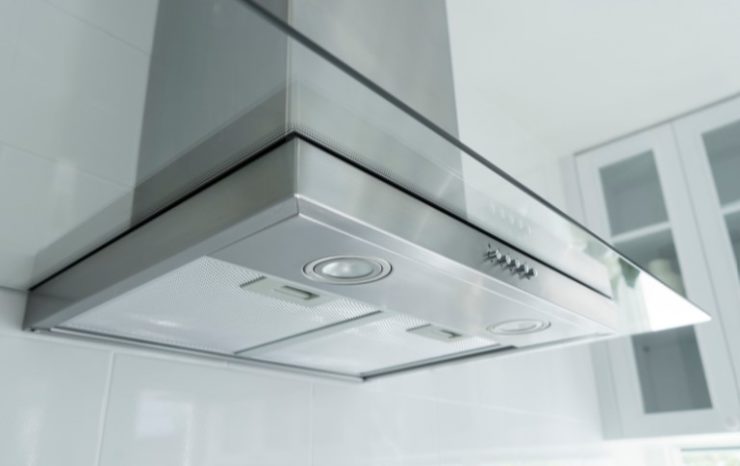There are a lot of factors that go into choosing the right range hood for your home, and CFM can be one of the most important. While 600 CFM will be a good option for a lot of home cooks, the best CFM for a range hood really depends on your kitchen and how you cook.
I’ve been a professional chef for over a decade and know the importance of a good ventilation system in the kitchen. And while the needs of a restaurant kitchen are different than those at home, the end goal is the same. Clean air and a safe and comfortable cooking environment.
So, even though there’s no one-size-fits-all when it comes to range hoods. I’ll share a few simple steps we can take to find the best CFM for a range hood specifically for you and your home.
In This Article
What Is CFM?
CFM stands for Cubic Feet Per Minute and it refers to the amount of air a hood is capable of moving. The higher the number, the more power and speed the hood’s motor and fan have.
And when it comes to cooking, a more powerful hood should do a better job clearing more smoke, fumes, grease, and steam from your kitchen.
When shopping for hoods, CFM is a quick and easy way to tell how powerful a hood is and if it will be enough for your cooking needs. You’ll find options that operate at around 150 CFM on the low end, or all the way up to and over 1000 CFM for really powerful models.
Big Factors To Consider When Picking Range Hood CFM
Regardless of your situation, there are a few big factors to consider when picking the power of your next range hood.
More power usually means more cost for the appliance, so if you’re on a budget it can be especially helpful to power your range hood to fit your specific needs without going overboard.
The type and output of your range, the size and ducting situation of your kitchen, and your preferred cooking style are great starting points. I’ll explain.
1. Type Of Range And Output
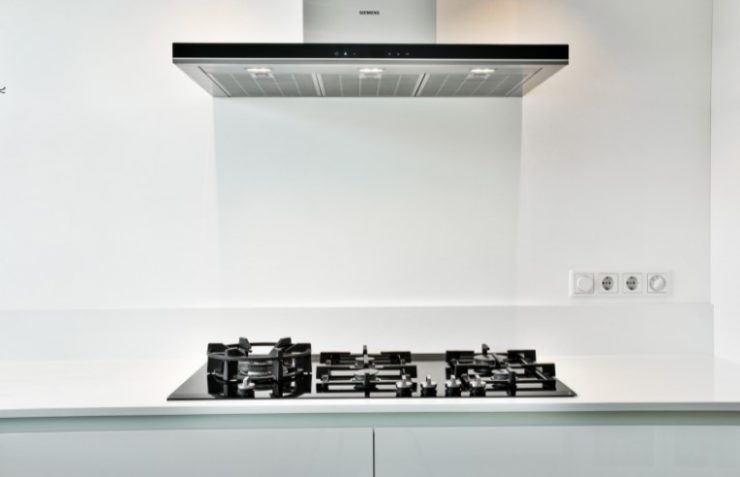
Now that you know what CFM is, you can start looking at your own kitchen to find the best hood and CFM for you.
The type, size, and output of your range are a good place to start when determining how much CFM you need.
Here are a couple of simple formulas that will give us a CFM starting point.
If you have an electric or induction-powered stovetop, you’ll want to take the width of the cooktop in inches and multiply that by 10. That means for a 30-inch stovetop you’ll need at least a 300 CFM hood (30×10=300).
Gas ranges put off more fumes and heat, so they will require a bit more ventilation in general. For those, you’ll want to take your range’s total number of BTUs and divide that by 100. In this case, if you have a 50,000 BTU range, you’ll want at least a 500 CFM hood. Or, 100 CFM for every 10,000 BTUs.
Now, both of those are just numbers to get started with. In the next few sections, we’ll talk about other kitchen factors and how they may require a higher CFM for the best results.
2. Size Of Kitchen
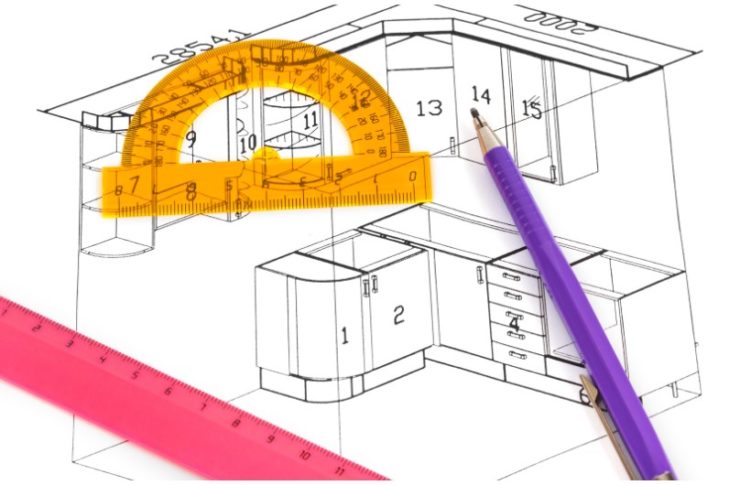
While it’s easy to see a hood removing the air directly above your cooktop, it’s also working hard to keep the air throughout your entire kitchen clean.
With an ideal setup, your hood will replace all of the air in your kitchen once every 4 minutes. So, the size of your kitchen can also be an important factor in finding the best CFM for you.
First, you’ll need to determine the volume of your kitchen by multiplying its length, width, and height (I know, more math).
Let’s say your kitchen is 10-feet long, 10-feet wide, with an 8-foot ceiling. Multiply those numbers and you’ll find the volume of your kitchen is 800 cubic feet (10x10x8=800).
Next, simply divide the volume of your kitchen (800) by 4 (1 air exchange every 4 minutes) to get your recommended CFM. 800/4= 200 CFM, the minimum number for your kitchen size.
Now, compare that number to the recommended CFM based on your range type, and go with the larger number. So, if you need a 200 CFM hood based on the size of your kitchen, but your range size and type calls for a 500 CFM hood, go with the 500 CFM option.
3. Cooking Style
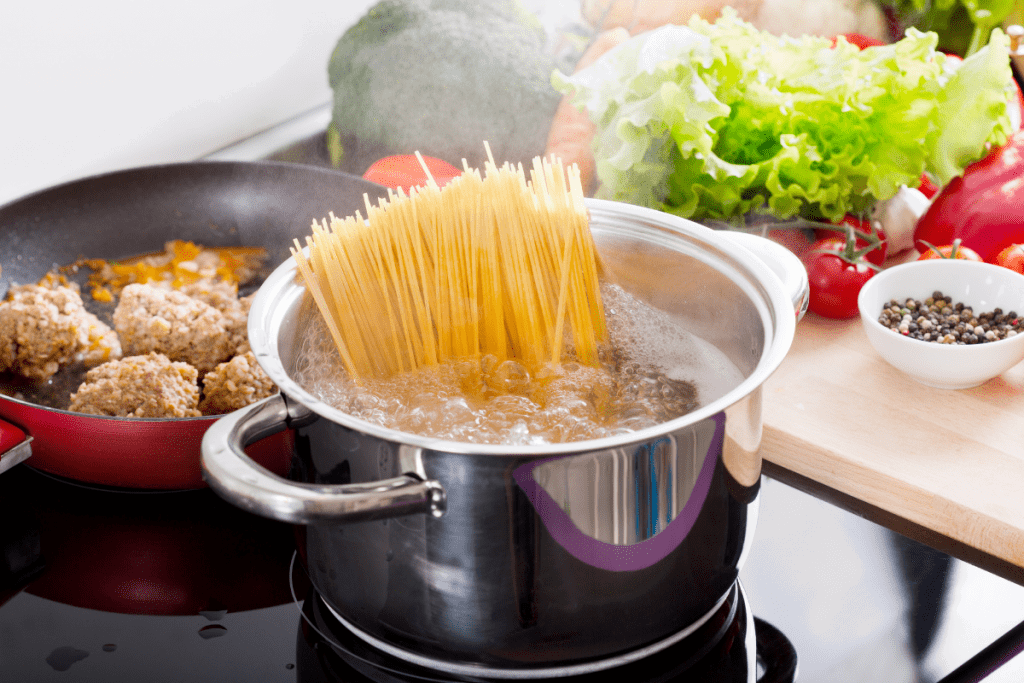
Your cooking style is another important factor, and this one doesn’t require any math calculations.
Depending on what and how often you cook will play a big role in how much power and ventilation you need in your kitchen. So, ask yourself these 3 questions.
How Often Do You Cook And For How Many People?
First of all, if you only cook once or twice a week, you’ll likely be just fine with the minimum recommended CFM for your kitchen size or cooktop. But, if you tend to cook 3 or more times a week you may benefit from a little extra power.
This is especially true if you’re cooking for a large number of people or you like to cook several things at a time and utilize several burners at once.
What Types Of Food Do You Like To Cook And Eat?
While a range hood’s primary job is to clear smoke and grease from the air, it also works to remove odors.
Personally, I love cooking a lot of Thai food and that means a lot of pungent and fragrant ingredients. Think ginger, garlic, lemongrass, and the number one odor offender, fish sauce. It’s one of my all-time favorite ingredients, but I wouldn’t necessarily call the smell pleasant.
The same goes if you like to cook a lot of seafood. While good seafood shouldn’t smell bad, it’s probably not something you want lingering in your home for days.
And a hood with a higher CFM is an effective way to stop your home from smelling like a restaurant 24/7.
What Cooking Techniques Do You Use?
The question you’re really trying to answer here is do you do a lot of high heat cooking or deep frying?
Deep frying can produce a lot of heat, smoke, grease, and odors. And all of those things will be best handled by a high-powered hood.
Indoor grilling and wok cooking are also two big culprits of smoke and grease splatter in the kitchen. If you regularly do either of them, you’ll definitely benefit from more CFM. I’ve even written a guide to the best range hoods for wok cooking that features high-powered options that will keep your kitchen smoke and smell-free.
4. Ducting
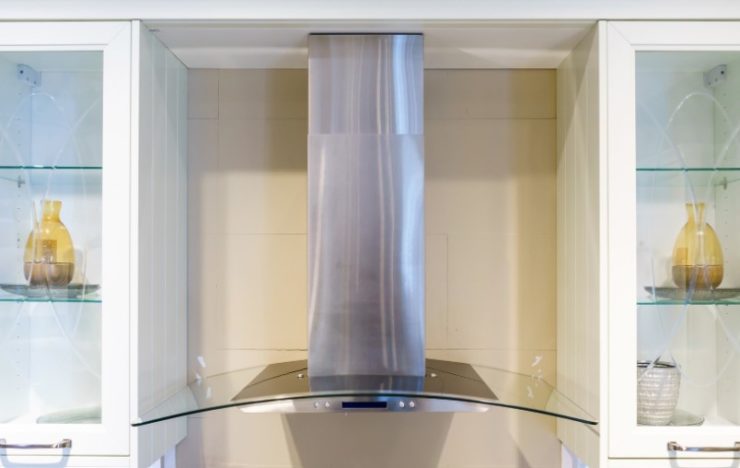
The ducting in a kitchen ventilation system is what connects your hood to the outside of your home. Higher CFM hoods require wider ducts. So knowing what you currently have in place or will be installing will also play a role in choosing the best CFM range hood.
Duct sizing is almost always measured by diameter in inches (at least here in the states). Here’s a simple table that shows the minimum duct size for various CFM ranges.
| CFM | Duct Diameter Inches |
|---|---|
| 150-600 | 4-6 |
| 600-900 | 7-10 |
| 900-1200 | 8-12 |
| 1200+ | 10+ |
If you have an 800 CFM hood but only a 6-inch duct, a lot of that power is going to be wasted because there’s not enough airflow in such a small duct. On the other hand, you can’t really have a duct that’s too large. So, that same 800 CFM hood will work just fine (if not better) with a 10-inch or even larger duct.
The length and design of your ductwork is another place where you may benefit from an increase in CFM. A longer duct with more twists and turns is going to require more power to effectively move air from your kitchen to the outside.
Here’s a simple way to figure how much extra CFM you may need depending on your duct layout.
- For every foot of duct length, add 1 CFM
- For every duct elbow or turn, add 25 CFM
- If your duct has a roof cap, add 40 CFM
Now, if you’re working with a ductless hood, meaning air is cleaned with charcoal filters and then recirculated back into the room, things are a bit more simple.
Ductless hoods are less efficient and effective at cleaning large amounts of air. And since air is being recirculated and not being removed, most kitchens won’t benefit from anything higher than 600 CFM.
Do I Need Makeup Air For My Range Hood?
If you have a very powerful hood in a very small kitchen you could end up with negative air pressure. This happens when air is being removed from a room faster than it can be replaced.
The solution is to have a makeup air system that brings in outside air in order to balance the air being removed by your hood.
While negative air pressure is rarely an issue in home kitchens, there are a couple of scenarios where makeup air may be required.
The first is if you are required to because of local building codes. The second is if you have a hood with 1200 CFM or more, in a very small kitchen with poor ventilation. Especially if you use your hood often and for long periods at a time.
How Many CFM Do I Need For A 30” or 36” Range?
Using the electric and gas formulas from step 2. It’s easy to find the best minimum CFM for any range.
For a 30-inch electric or induction range, you’ll want a hood with at least 300 CFM. Or, 360 CFM for a 36-inch model. That’s the width of your cooktop multiplied by 10.
For a gas range, the CFM you’ll need will depend on the output (BTUs) of all the burners on the stove. If your 30 or 36-inch range has a total of 50,000 BTUs, you’ll want a hood with at least 500 CFM. That’s the total number of BTUs divided by 100.
Recap – How Much CFM Do I Need in My Kitchen?
Unfortunately, there’s no one-CFM-fits-all option. But, by taking a quick look at your kitchen and your cooking style, you can find the best CFM that’s perfectly tailored to your needs. And when in doubt, go with a hood that has more CFM than you may think you need.
That way you can use a lower fan speed for casual cooking, but will still have the option to crank the airflow when it really starts heating up in the kitchen.
Now that you know more about CFM than you ever wanted to, check out our article on the best range hood to find our top picks for every kitchen.
